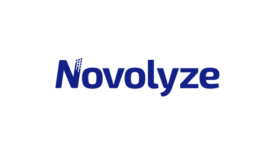Home » Keywords: » machine learning
Items Tagged with 'machine learning'
ARTICLES
Data Science
Emerging Opportunities for Machine Learning in Food Safety: Potential and Pitfalls
Determining the right tools and the right data to use them on
April 15, 2021
Cargill's iQShrimp helps farmers manage risk, make better decisions
The predictive software uses machine learning and sensors to give shrimp farmers real-time visibility into their farm operations.
March 5, 2018
Never miss the latest news and trends driving the food safety industry
eNewsletter | Website | eMagazine
JOIN TODAY!Copyright ©2025. All Rights Reserved BNP Media.
Design, CMS, Hosting & Web Development :: ePublishing





.png?height=168&t=1699369261&width=275)




